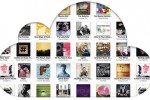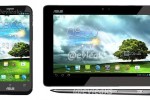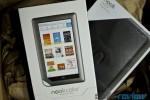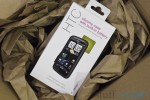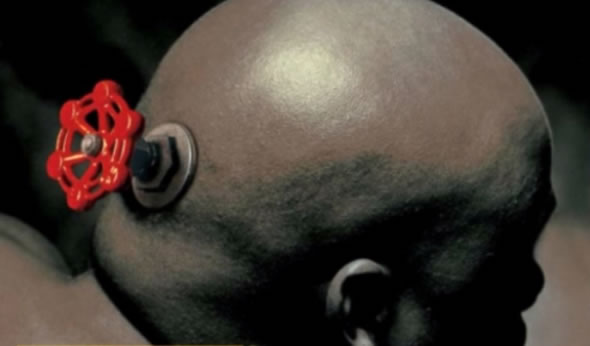
Take note as you will be hearing much more of wearable computing in the years to come. Google had just announced early this month its own exciting project to create a pair of self-contained augmented reality glasses, named Project Glass. So now, it would be as good a time as ever for other companies to share their own plans and research on the subject.
Valve Software, best known for the games Half-Life and Portal, has just come out, through a blog post by developer Michael Abrash, that it’s also started doing some R&D on wearable computing. But first a brief intro on Michael, he has been in tech for over thirty years and has worked at Microsoft as the graphics lead for Windows NT, then at Id working on Quake, then working on the Xbox and finally on Intel’s Larrabee GPU architecture. In two words, he is a real heavy weight.
His blog post, which you should certainly read, first gives us an insight, and makes us green with envy, of how it is to work at Valve. He then explains how he decided to begin work on wearable computing, which he defines as mobile computing where both computer-generated graphics and the real world are seamlessly overlaid in your view.
Valve isn’t going to come up with a Project Glass type of device anytime soon. Michael makes it clear that this is an initial investigation; R&D that doesn’t involve a real product right now.
Michael expects that wearable computing will be the standard in less than 20 years from now. I would certainly agree with him in saying that we should see a platform shift within 10 years to this style of computing, possibly involving glasses, contacts or even a direct neural connection or any other interface device. Processor size and efficiency is already at a level making this possible, but the interface, both software and hardware is still ways off.
As Micheal puts it:
Of course, hardware is only as useful as the software running on it, and there’s a vast web of intertwined issues and questions to be resolved about how the combined hardware-software system might work. What does a wearable UI look like, and how does it interact with wearable input? How does the computer know where you are and what you’re looking at? When the human visual system sees two superimposed views, one real and one virtual, what will it accept and what will it reject? To what extent is augmented reality useful – and if it’s useful, to what extent is it affordably implementable in the near future? What hardware advances are needed to enable the software? And much, much more
The wearable computing project also ties up with a couple of interesting hardware engineering roles Valve had recently posted:
For years, Valve has been all about writing software that provides great gameplay experiences. Now we’re developing hardware to enhance those experiences, and you can be a key part of making that happen. Join our highly motivated team that’s doing hardware design, prototyping, testing, and production across a wide range of platforms. We’re not talking about me-too mice and gamepads here – help us invent whole new gaming experiences.
Finally, we can make it even more interesting by mentioning that Apple CEO Tim Cook had been spotted over at Valve’s headquarters in Washington a few days ago. Apple managed to become the world’s most valuable company by pioneering the current platform shift to mobile computing, see the iPhone and the iPad. Though the meeting between Apple and Valve could be of a different nature, perhaps involving Apple’s push into gaming for iOS devices, Apple will want to be there when the next platform shift happens. Care to place your bets?



